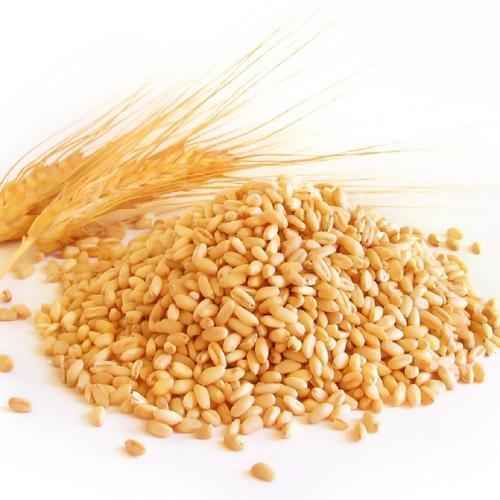Wheat Grain
Wheat is a widely cultivated cereal grain that is a staple food for a significant portion of the world’s population. It belongs to the Triticum genus and is classified into several different species, the most common being Triticum aestivum, also known as common wheat.
Wheat grains are small, hard seeds that are typically ground into flour for various culinary purposes. They have a distinctive shape, characterized by an outer husk or bran layer, an endosperm, and a germ. The endosperm, which makes up the majority of the grain, is rich in carbohydrates and is the part that is milled to produce flour. The germ is the nutrient-rich core of the grain, while the bran is the tough outer layer that contains dietary fiber and other beneficial components.
Wheat is highly versatile and can be processed into various forms, including whole wheat flour, white flour, semolina, and wheat bran. These products are used to make a wide range of food items such as bread, pasta, pastries, cakes, cereals, and more. Wheat is also a common ingredient in many processed foods, including snacks, sauces, and soups.
Nutritionally, wheat is a good source of carbohydrates, dietary fiber, protein, and essential minerals such as manganese, selenium, and phosphorus. Whole wheat grains, which contain the bran, germ, and endosperm, are considered to be more nutritious than refined wheat products that have had the bran and germ removed.
Wheat is a key crop in many countries and plays a vital role in global food security. It is grown in diverse climates and can be found in various forms, from hard and durum wheat used for bread and pasta to soft wheat used for pastries and cakes. Wheat cultivation and consumption have a long history, dating back thousands of years, and it continues to be a fundamental ingredient in the diets of millions of people around the world.



